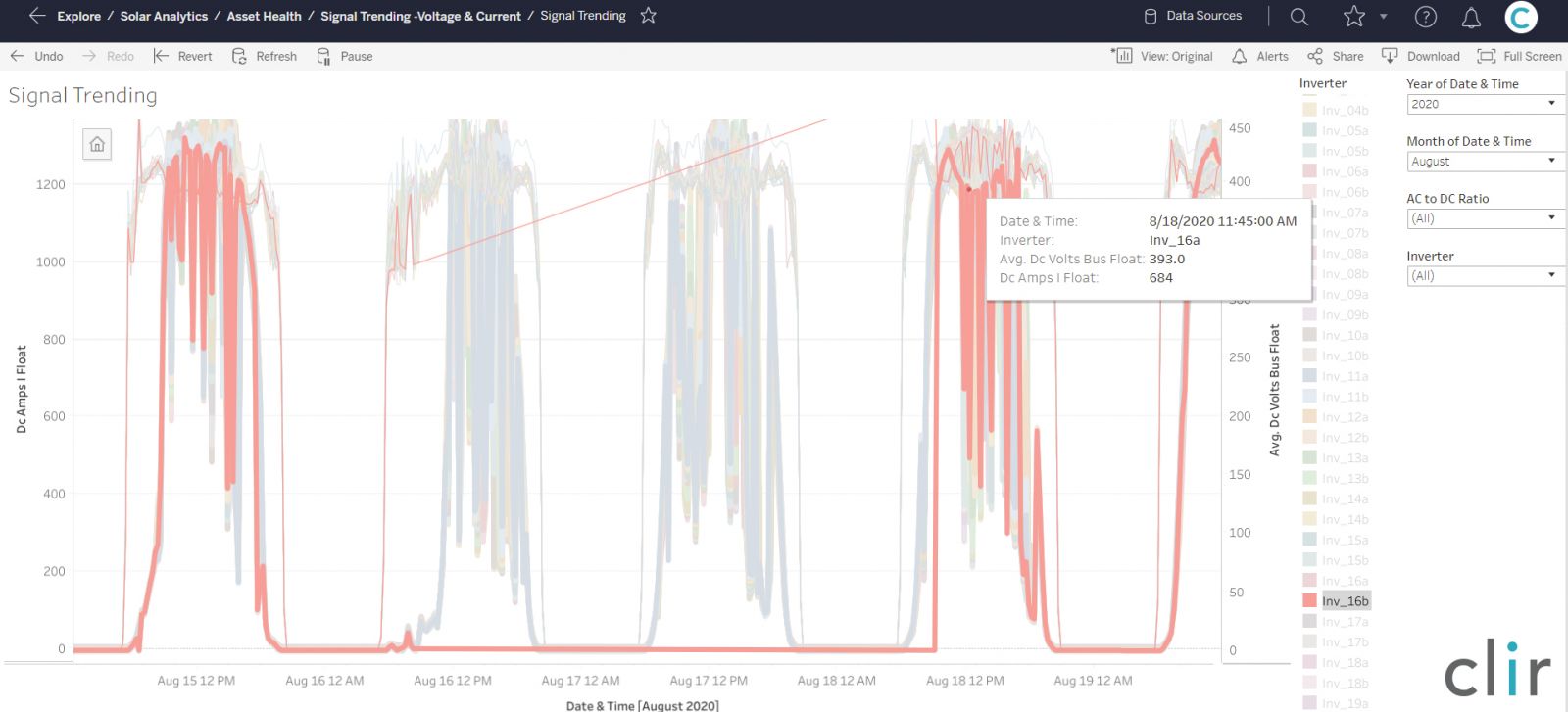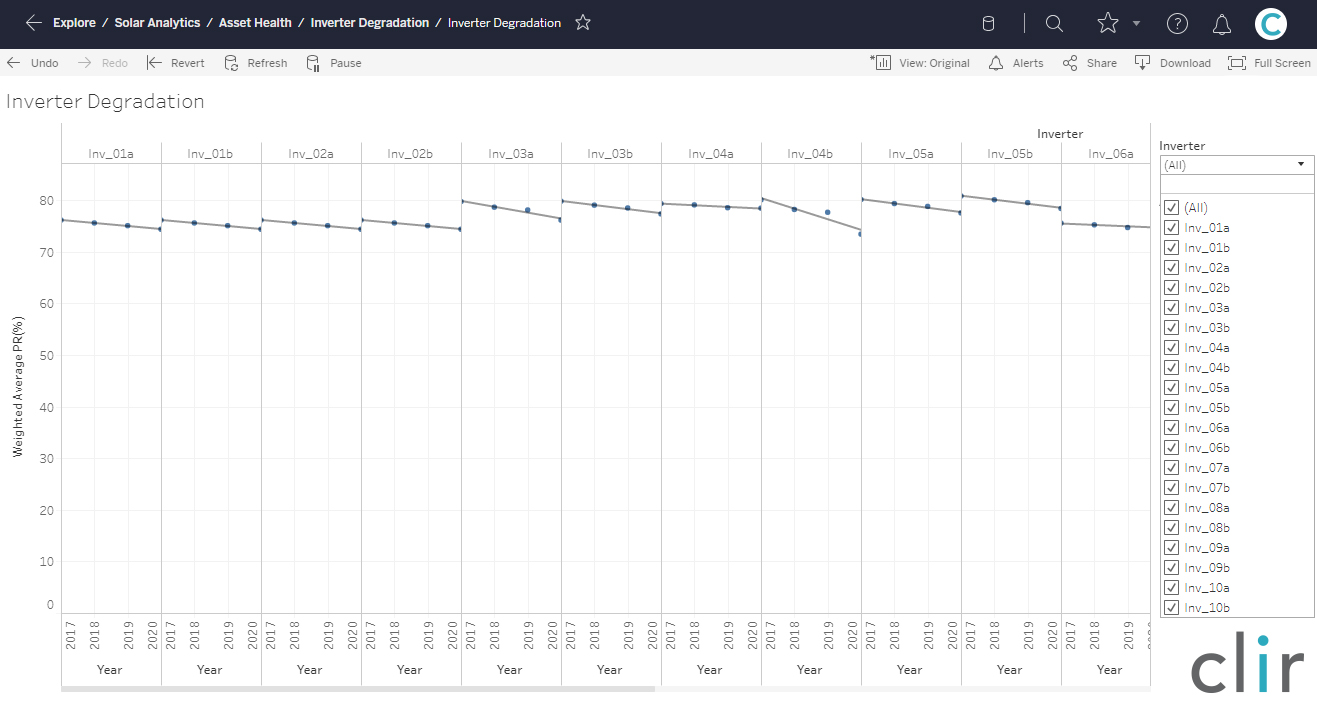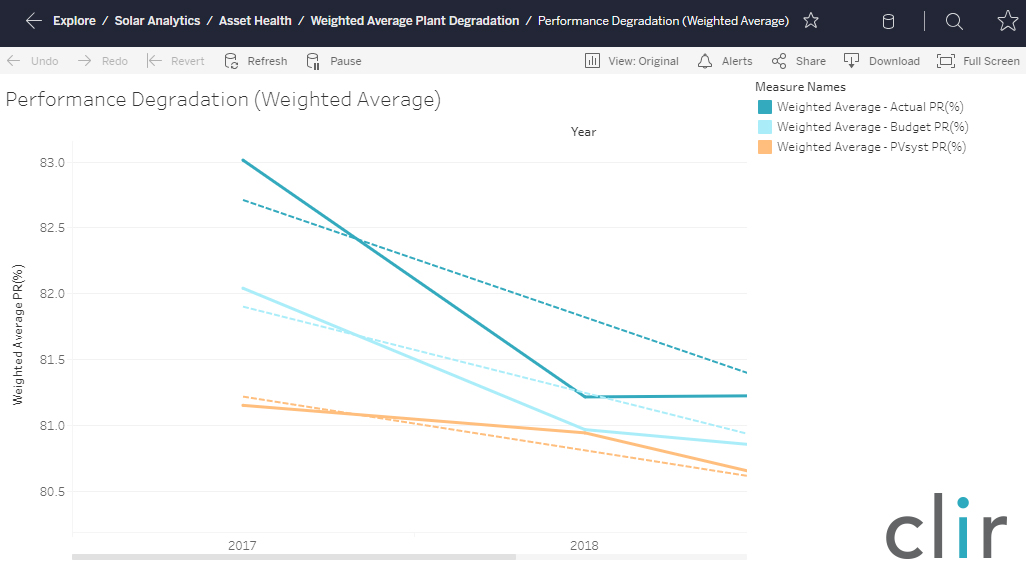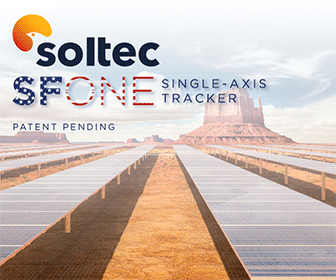Data Is The Problem....And The Solution: Performance challenges stunting solar's success
Solar PV plants play a key role in the modern energy generation mix - however, they frequently do not perform to their full potential. This is largely due to two key factors. First, as PV plants have few moving parts, the need for maintenance is not readily apparent and can, therefore, be easily underestimated. Second, and arguably most importantly, PV performance data can be particularly challenging to assemble and analyze. As a result, faults and underperformance often go undetected, resulting in reduced generation and, subsequently, reduced returns.
To avoid these pitfalls, owners and operators must prioritize effective asset management and data analysis. In doing so, they will optimize performance and maximize returns.
Best practice for monitoring and managing solar asset health
Replacing obviously damaged equipment is what most people think of when it comes to maintaining and improving asset health, but equally important is maintaining the electrical health of the asset - inclusive of voltage, signals, and temperatures.

There are also physical influences on-site that can hinder the performance of solar panels. For example, the growth of vegetation nearby, damp heat, and destructive precipitation can reduce performance over time without the owner realizing their assets are actively being damaged.
These factors are impossible to see visually, which means that issues caused by poor electrical and mechanical health or slow-burn physical influences are often mistaken for simple fluctuations in resource. For example, in order to recognize when low performance is owing to a fault around voltage, data from related sensors must be closely monitored. As such, adopting a data-driven approach to identifying poor performance within a PV plant, and rectifying the underlying issues, is arguably the most important way to improve project returns.
Addressing the solar data challenges
There are a number of challenges to overcome in securing valuable operational insights from solar PV project data.
Stark variations in solar resource, plant topology, component mix, and variety and quality of project data can all complicate project-scale analysis, making it difficult for owners to quickly access insights.

Effective asset optimization requires separating out causes of underperformance from the "noise" of everyday operational data, and setting this data in its environmental context. Finding and addressing apparently minor faults and anomalies that would otherwise go under the radar - such as those physical, electrical, and mechanical factors outlined above - are essential to ensuring the asset continues to perform well for the long term.
To understand the true causes of underperformance across a solar array, it is crucial to integrate:
- Current and historical meteorological data,
- Surrounding forestry and vegetation,
- Operational and grid activities,
- SCADA data from the individual asset, and
- Benchmark this data against the surrounding panels.
These multiple data streams, when set in context of the project, will allow an asset owner to immediately pinpoint whether underperformance can be attributed to low irradiation or a technical error that can be addressed.
Variation in solar PV data
However, there is a fundamental challenge to quickly and easily separating out causes of underperformance and comparing them at the project, portfolio, and industry-wide scale.
The format of data gathered across solar farms is extremely varied. While wind has only a handful of major OEMs around the world, the lower financial barrier to entry in the solar tech market means that there are hundreds of solar OEMs - all of whom track and report on the data from their components in a different way.
This creates a sizable data challenge if an owner wants to compare and benchmark the performance of their assets comprehensively. Unfortunately, many solar asset owners simply do not have the means (both in terms of human resource and cost) to dig through these very different data streams in order to properly compare performance. However, with support from an AI driven platform and industry expertise, it is possible to cut the time necessary to translate and analyze data down from weeks, to mere hours

To improve access to this data and domain expertise, and support asset owners across the industry in benefiting from the insights into PV performance at portfolio level, solar asset owners and manufacturers must translate these many competing data streams into a common dataset.
They need a dataset that allows for the comparison of solar asset performance - regardless of OEM or environmental context. With this insight, asset owners can recognize whether an asset is underperforming compared to its immediate peers, wider portfolio, and (as more data is accumulated) the industry as a whole. From these data insights, owners and investors with solar portfolios can validate upgrades, changes to insurance premiums, and day-to-day operations.
The ubiquity of solar power has contributed to faulty assumptions around the simplicity of this method of generating power. Investors and asset owners, whether new to the solar industry or seasoned professionals, would be smart to research and better understand the production benefits of data-driven solar operations.
Katie Applebaum is Business Development Manager at Clir Renewables, a renewable energy Software as a Service (SaaS) provider.
Clir Renewables | clir.eco
Author: Katie Applebaum
Volume: 2021 March/April









.jpg?r=9801)
.jpg?r=3008)
.gif?r=5871)
